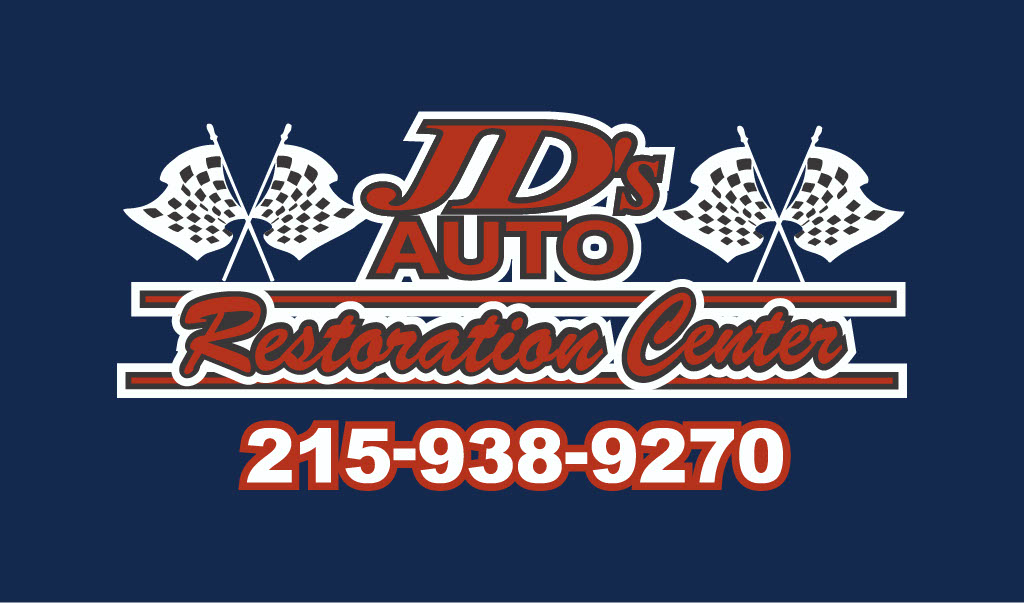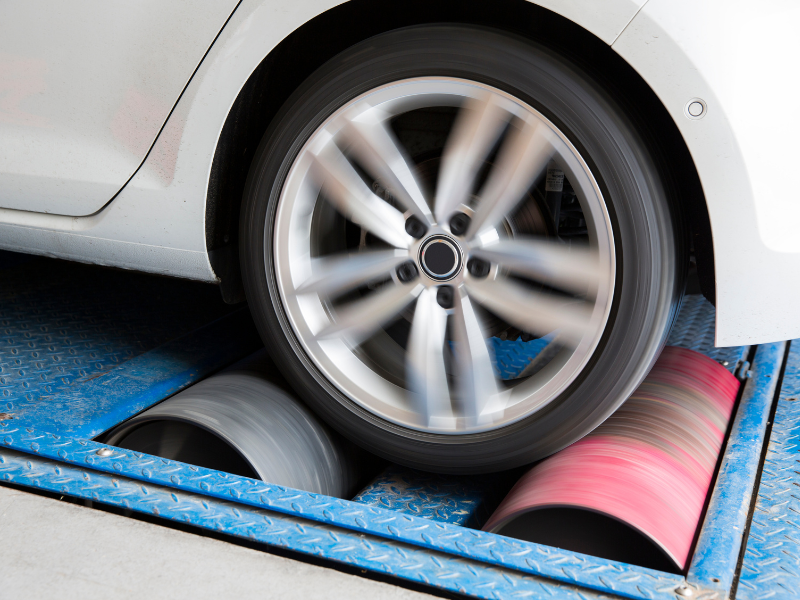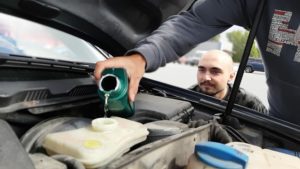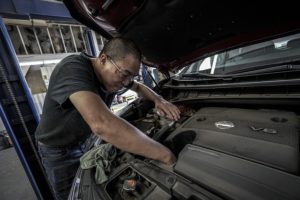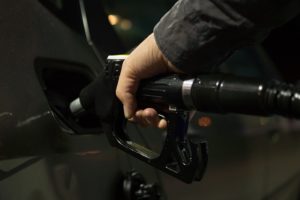Are you getting the best performance you can from your vehicle? You do everything you should for your vehicle – regular oil changes, tire rotations, even your scheduled maintenance and tune ups. If you haven’t taken advantage of our Dyno Tuning, however, you haven’t tapped into your car’s true potential.
The term dyno tuning comes from the device used for measurement during tuning – the dynamometer. Using the dynamometer, we measure your vehicle’s ignition system, engine performance, carburetor, and other systems. We tweak each part as we measure to see how performance is affected by changes. This allows us to give you a customized improvement for your vehicle.
What Is the Difference Between a Standard Tune-Up and a Dyno Tuning?
A standard tune-up ensures that your engine is working according to standards based on fuel economy, local emission standards, and factory standards. If you have, for example, a 2022 Ford Mustang, a standard tune-up will ensure that your Mustang runs the way Ford intends for the Mustang to run. Your regular tune-up and maintenance are an important part of your standard car maintenance – and as we’ll discuss later, they’re an important step in dyno tuning.
The dynamometer allows us to customize your tune-up. Our dyno tuner has sensors that measure
- Temperature
- Pressure
- Acceleration
- Velocity
- Distance
- Gas
- Electromagnetic frequency and intensity
These sensors help us record and adjust your engine based on,
- Exhaust gas temperature
- Blower boost
- Engine torque
- Engine speed
- Ignition timing
- Exhaust gas oxygen content
If all of this seems like a lot – that’s the point. By digging into your vehicle’s performance, we find where your engine is falling behind its potential and fine tune your vehicle to exceed what you thought was possible.

Add Dyno Tuning to Your Restoration Checklist
Are you restoring an older vehicle? Whether you’re just fixing up a used car to save yourself money on a new vehicle or you’re restoring a classic car for your collection or as a daily driver, you’ll be making a good call if you add a dyno tuning to your checklist. You want to schedule the dyno tuning before you make any performance upgrades to the vehicle’s engine to find out exactly where it needs work and help balance out changes and maximize the efficiency of the work you do.
Once you’ve made the restoration upgrades, bring the vehicle back for another dyno turning. With the second session, you’ll be ensuring that the upgrades had the predicted effect and tweaking the engine to help increase performance post restoration.
Is There Anything I Should Do Before I Get a Dyno Tuning
You want to ensure that everything is prepped before your scheduled dyno tuning. That means ensuring that you have fresh fluids and filters – remember, the purpose of the dyno tune is to maximize your peak performance. You should also ensure that you don’t have lost belts or hoses. Finally, make sure your tires are in good shape with proper traction and ensure that your wheels have been balanced.
Are You Ready for a Dyno Tuning?
Whether you’re wanting to improve a classic restoration or your daily car, contact us to schedule your dyno tuning (and other maintenance) today!
